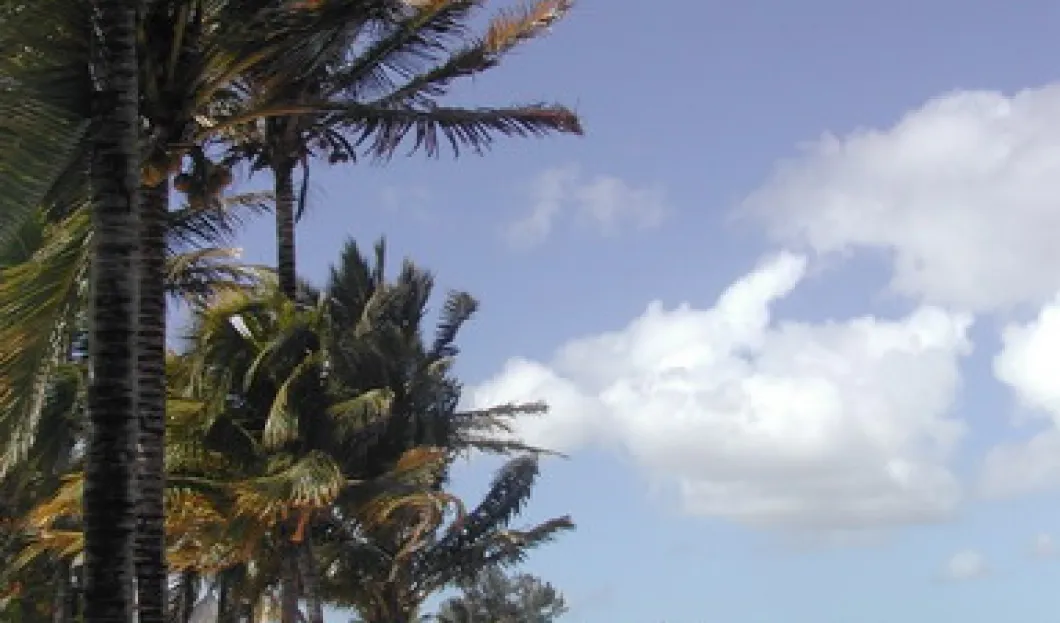
One of the most attractive holiday destinations in the Indian Ocean, Mauritius, has been attracting thousands of travelers; its pristine white beaches are much praised as they are stunningly clean and perfect for spending the lazy afternoons just lying around. Diving is one of the most popular water sports here, and many enthusiasts are attracted by the marvelously colorful coral reefs that encircle the island. Local authorities are aware of the importance of the tourist industry and are planning to double the number of incoming visitors. However, the scientists warn that such a radical change presents a direct threat to the natural environment of Mauritius.
Anyone who comes here admires the unforgettable magic of this place; many newly-wed couples spend their honeymoon at this destination. The Turtle Bay is a very popular diving spot, and the surrounding waters are drawing numerous divers, water-skiers or swimmers. The combination of too many tourists, anchor damage, pollution or hotel waste has a devastating effect on the marine life.
Last year, the total number of 900,000 travelers visited Mauritius. Local authorities have designed a project which should attract 2 million tourists per annum by the year 2015. Even though such decision is very appalling, many scientists agree that the situation is not hopeless. They encourage the government to change and enforce law in order to protect the environment to a much higher degree. Only such precautions may help avoid further irreversible damage.
However, tourists do not present the only threat; intensive sugar cane farming resulted in the destruction of nearly all of the natural forest, and consequentially, the soil erosion caused major sedimentation problems on the coast. Clearly, local approach toward the environment requires radical changes, which the government cannot avoid.










